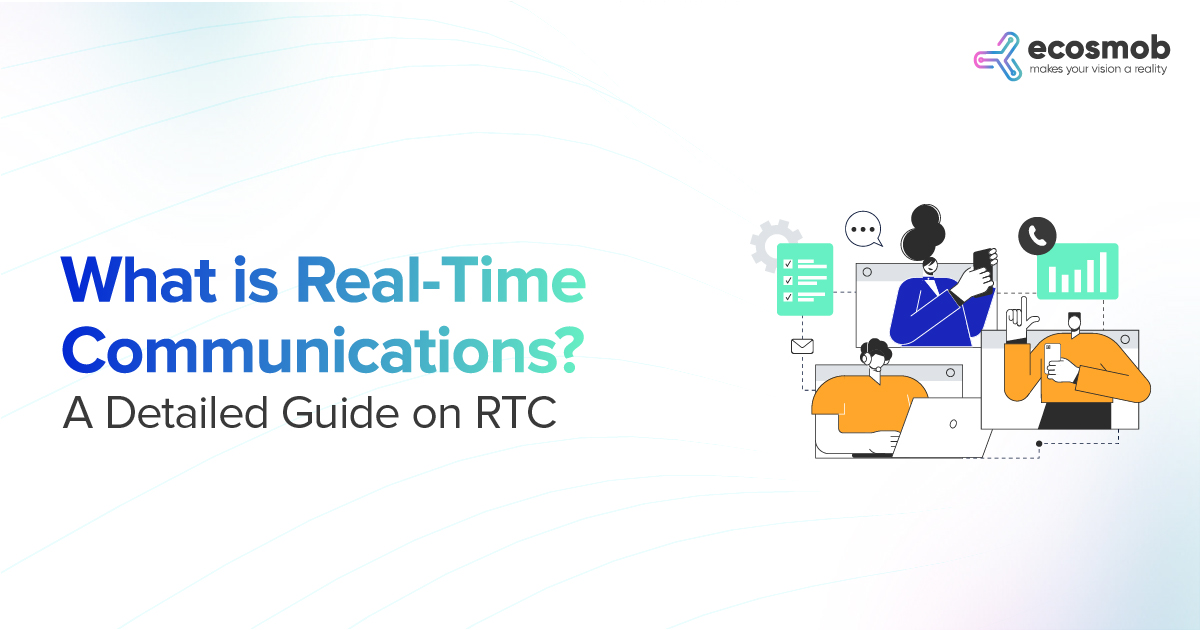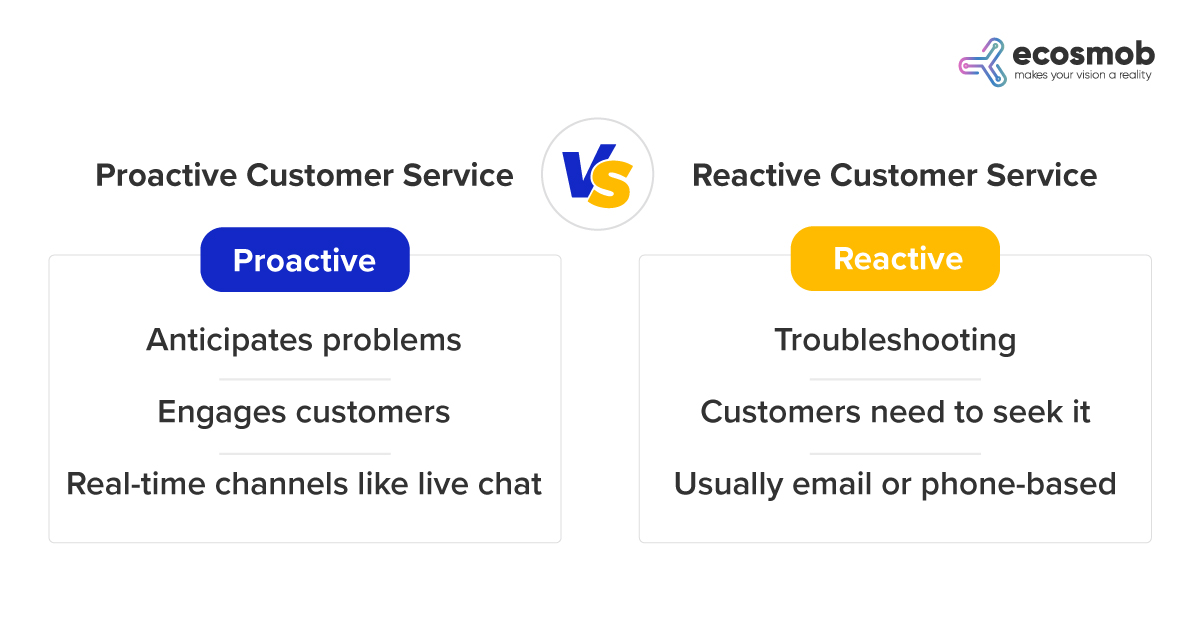In the digital arena, where millisecond delays can mean the difference between a lasting customer relationship and a missed opportunity, Real Time Communications (RTC) has become non-negotiable.
Optimizing the architectural backbone for real-time customer interactions isn’t just about ensuring Quality of Service (QoS); it’s about redefining the whole user experience paradigm.
Let’s deep-dive into the aspects that turn real-time communication into the bedrock of next-gen customer experiences.
The Critical Role of Low Latency in Real Time Communications
When it comes to real-time communication, latency is more than tech jargon—it’s a make-or-break metric for customer satisfaction.
Generally, a latency below 150 milliseconds is barely noticeable, while anything beyond 300 milliseconds starts to degrade the customer experience. Technologies like SIP Trunking and WebRTC development solutions have transcended simple voice communication to offer rich multimedia experiences—all dependent on low latency.
Architecting your VoIP systems to prioritize low latency ensures seamless, jitter-free communication, effectively fainting the boundary between digital and physical interactions.
While latency numbers are significant, what ultimately matters is the human experience they translate to. Low latency opens doors to new formats and styles of communication, such as augmented and virtual reality experiences and high-definition video conferencing that make remote conversations feel in-person.
In fields like telemedicine or remote learning, latency isn’t just a metric; it can be the difference between effective or failed service delivery. Imagine a doctor not getting real-time data during a remote consultation or a teacher facing delays while conducting an online class—both scenarios could have significant real-world consequences.
Game-Changing Real-Time Analytics With AI
Modern RTC is not simply about enabling a socket connection for a live chat; it incorporates real-time analytics and artificial intelligence as integral parts of its ecosystem. These advanced technologies allow businesses to:
- Understand Instant Behavior: Real-time analytics immediately understand customer preferences and actions.
- Predictive Personalization: AI algorithms make on-the-fly decisions to offer hyper-personalized customer experiences.
- Automated Decision-Making: Algorithms can instantly route customer queries to the most suitable agents or automated systems.
These functionalities are not mere enhancements but are critical for delivering elevated, personalized customer experiences.
Struggling to optimize customer experience?
Network Optimization
Technologies like Software-Defined Wide Area Networking (SD-WAN) play an unsung but crucial role in facilitating seamless RTC. By prioritizing real-time communication traffic over other types of data, these network optimization tools ensure that the quality of customer interactions remains high.
With the complexity of today’s network topologies and the increased adoption of cloud and hybrid-cloud infrastructures, having a robust SD-WAN solution is essential for any enterprise-level real-time communication strategy.
The Delicate Balance For Security
In an age where data breaches are an unfortunate norm, balancing security with speed becomes a complex juggling act.
Modern encryption algorithms ensure that while communication remains real-time, it stays securely encrypted—essential for industries needing to comply with GDPR, HIPAA, or PCI-DSS regulations.
Proactive Customer Engagement With Event-Driven Interactions
Incorporating event-driven architecture into RTC platforms empowers businesses to approach customer engagement proactively. Companies can automate timely and relevant interactions by setting up real-time triggers based on specific customer actions or events.
This shifts customer service from a reactive function to a proactive engagement, fundamentally altering the consumer-business dynamic.
As a case in point, consider a customer browsing an e-commerce site. Real-time communication tools can sense if the customer has spent a few minutes on a product page, triggering a chatbot to offer additional information or a limited-time discount.
Such event-driven proactivity solves customer queries and anticipates them, delivering value before the customer even knows they need it. This anticipatory service can turn casual browsers into loyal customers, shaping a more engaging and satisfying customer experience.
The Bottom Line
Real-time communication is not merely an adjunct to your digital strategy—it’s the core. By reducing latency, leveraging advanced analytics, and focusing on secure yet speedy interactions, businesses are not just meeting customer expectations; they are defining them. Companies not investing in these technologies risk not just falling behind but becoming obsolete in the new landscape shaped by low-latency, real-time customer interactions.
In this high-stakes environment where the “now” is constantly being redefined, the significance of real-time communication in customer interactions has never been more evident. If you’re not already part of this transformation, it’s time to recalibrate your technical strategies. After all, in this age of immediacy, delay is the new downtime. Contact us today to embrace the world of real-time communications.
















